Uniting Cultures: How the IICBCH Will Reshape South Asia’s Spiritual Landscape
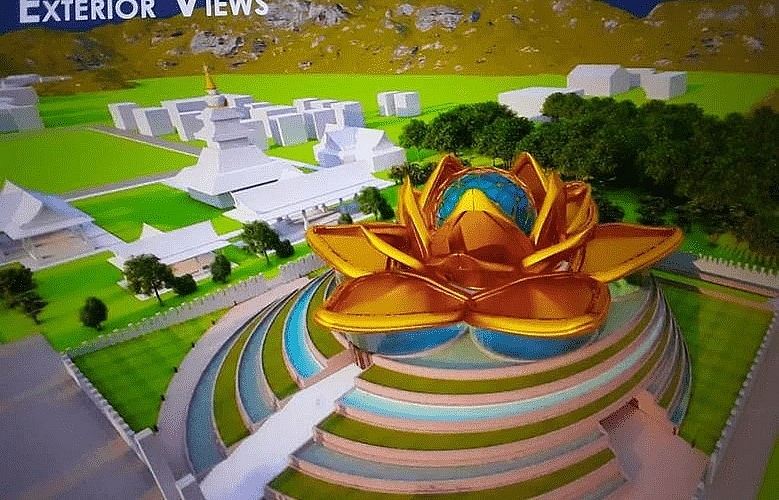 |
The recent awarding of the construction contract to ACC India Private Limited-Gorkha by the International Buddhist Confederation (IBC) on the auspicious occasion of ‘Ashadha Purnima’ marks the next significant milestone in this project’s development. The endeavour is not just an architectural feat, but a spiritual commitment to further the core values of the Dhamma as preached by Lord Buddha.
The project, set to be completed by 2024, is a testament to the power of spiritual heritage and international collaboration. Lumbini, a site of pilgrimage and part of the UNESCO World Heritage Complex, resonates with serenity and historical significance. Now, it will house a state-of-the-art centre designed to foster understanding, reflection, and meditation.
The IICBCH represents a unique confluence of modern architecture and deep-rooted spiritual symbolism, resembling the lotus flower—a beacon of enlightenment in Buddhist traditions. It offers a setting where individuals from all corners of the globe can come together, experience peace within, and explore Buddhism’s spiritual aspects. The centre also assures to be a model of sustainable design, ensuring compliance with energy, water, and waste handling regulations.
This endeavour will greatly benefit countries like Bhutan, where Buddhism is the state religion and a cornerstone of the nation’s identity. For Bhutanese citizens, the IICBCH offers a platform to engage more profoundly with the teachings of Buddha. It provides an avenue for Bhutanese monks and scholars to participate in global dialogues about Buddhism, enhancing the country’s cultural influence and boosting its spiritual tourism.
Moreover, the centre will serve as a beacon attracting international tourists, thereby spurring economic opportunities in the region. This influx will promote local industries, create jobs, and catalyse infrastructural developments. For Bhutan, this presents an excellent opportunity to further integrate its economy with South Asia and the wider world.
The construction of the India International Centre for Buddhist Culture and Heritage in Lumbini is a remarkable stride in promoting and preserving the teachings of Lord Buddha. It is a symbolic unification of spirituality, culture, and sustainable development. As we await its completion, the centre promises to be a spiritual haven, bringing enlightenment and economic development to the region and beyond.
Recommended
 Economy
Economy
Finding Solutions for Businesses to Effectively Leverage FTAs
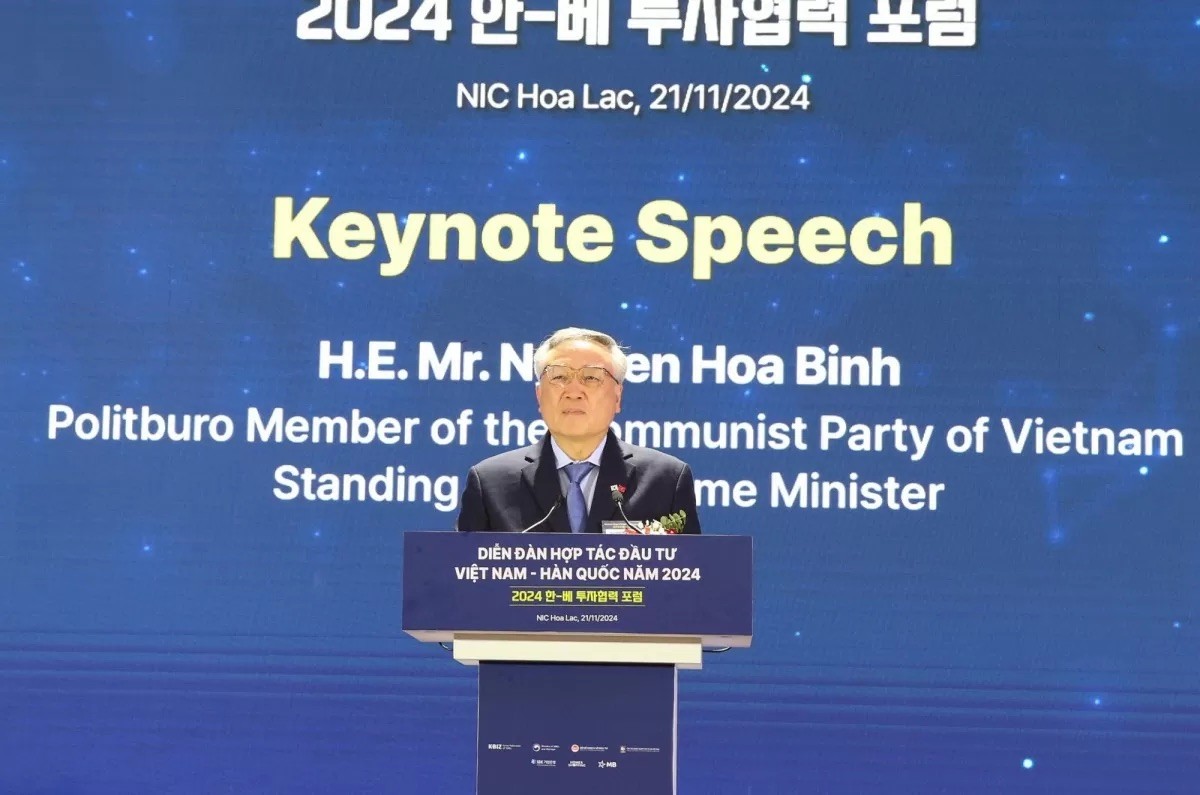 Economy
Economy
Vietnam: A Golden Opportunity for Korean Investors
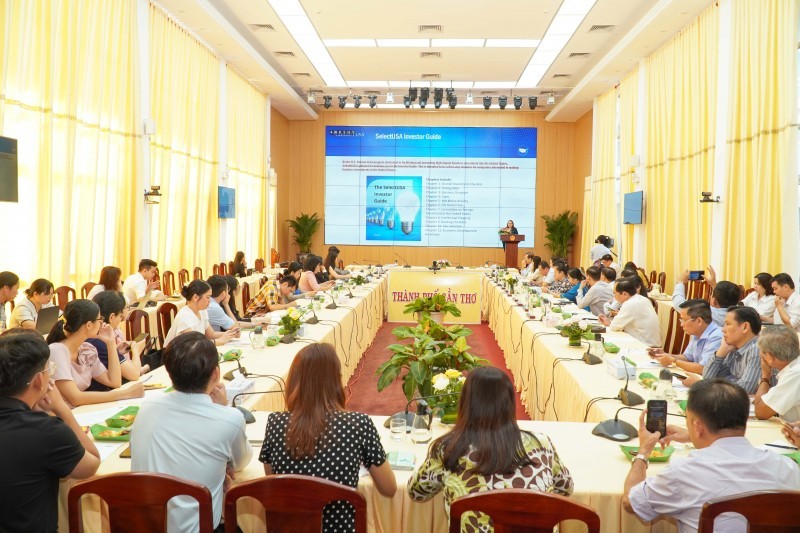 Economy
Economy
Ample Room for Vietnam, US Business Cooperation
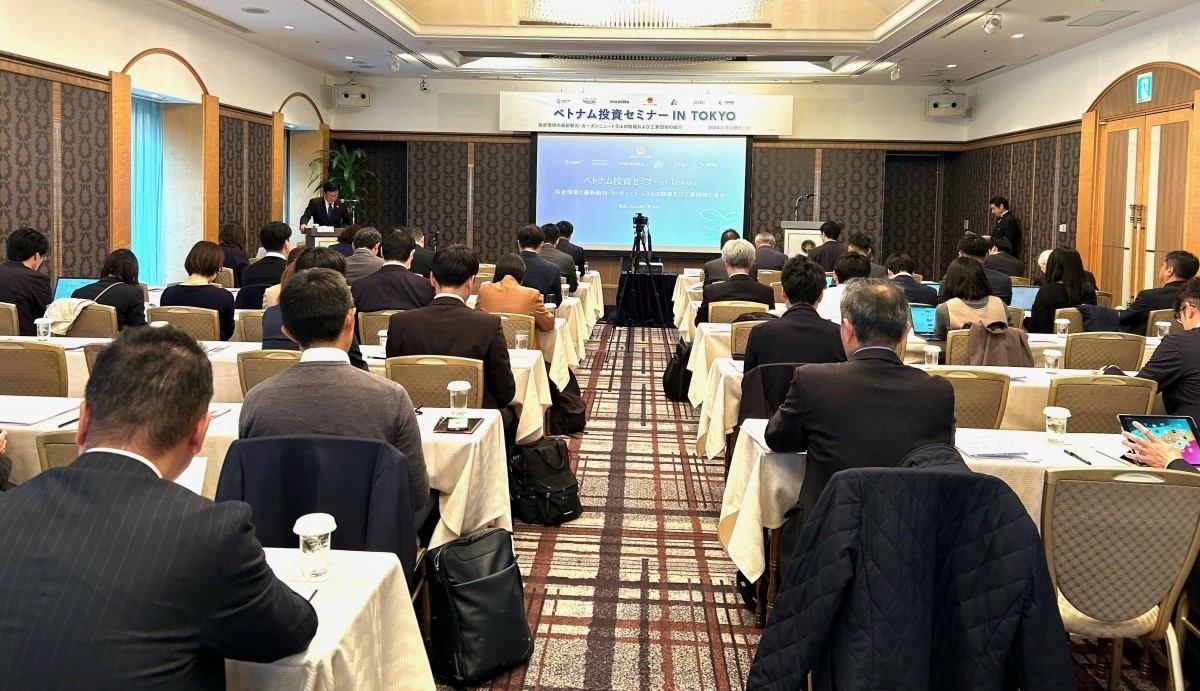 Economy
Economy
Effective Boost of Investment Flow from Japan to Vietnam
 Economy
Economy
Pakistan Ranked Fifth Highest in Illegal Migration to Europe
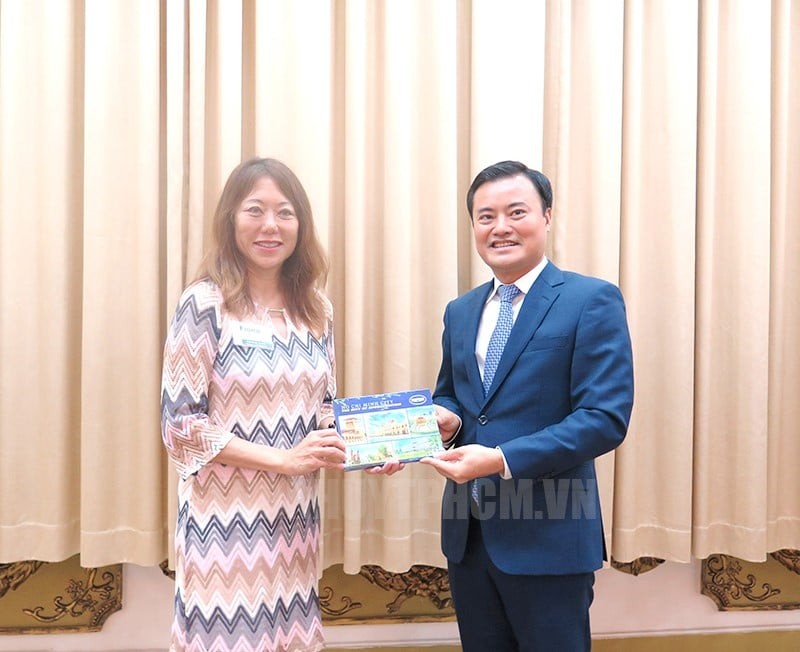 Economy
Economy
